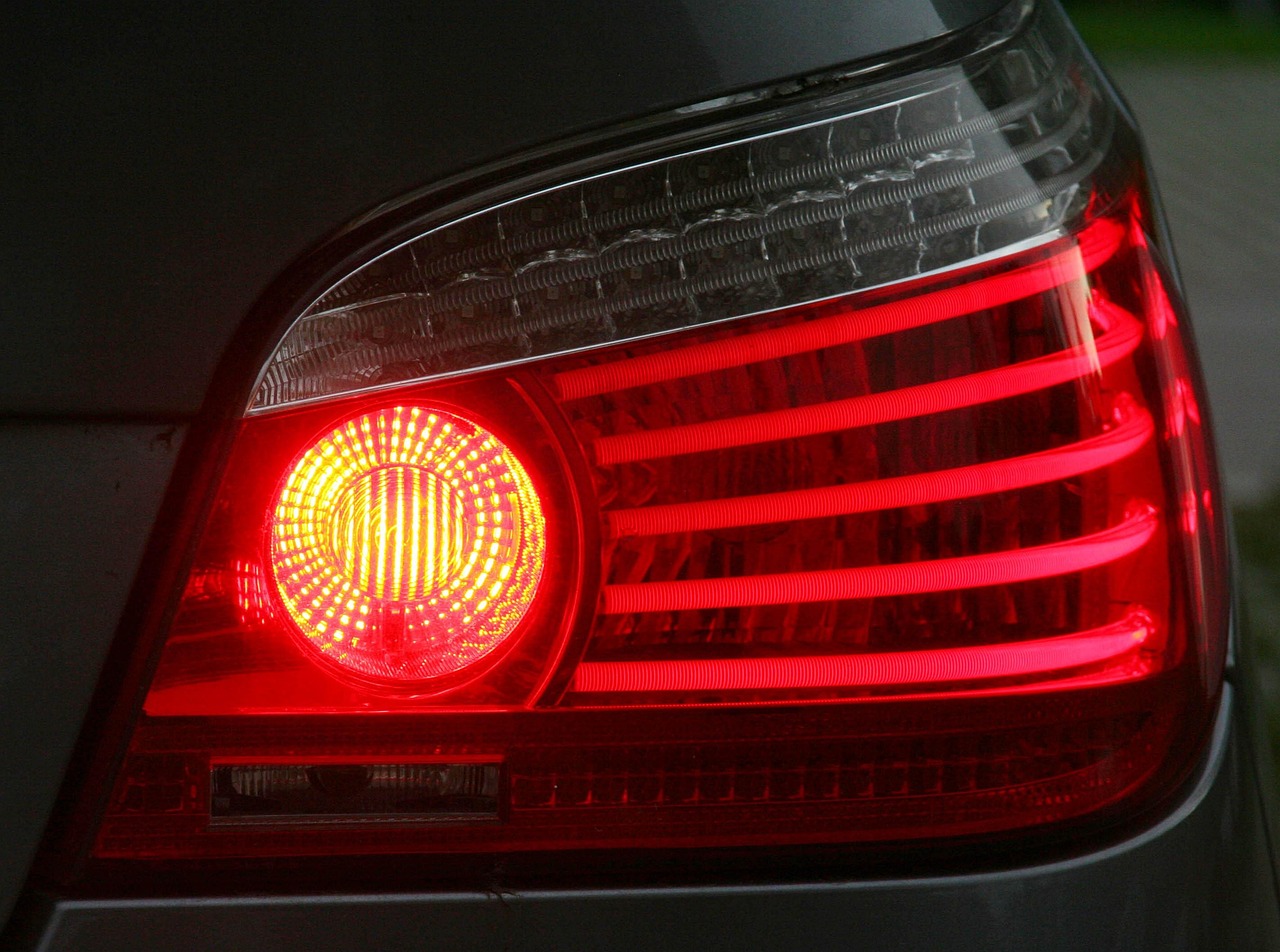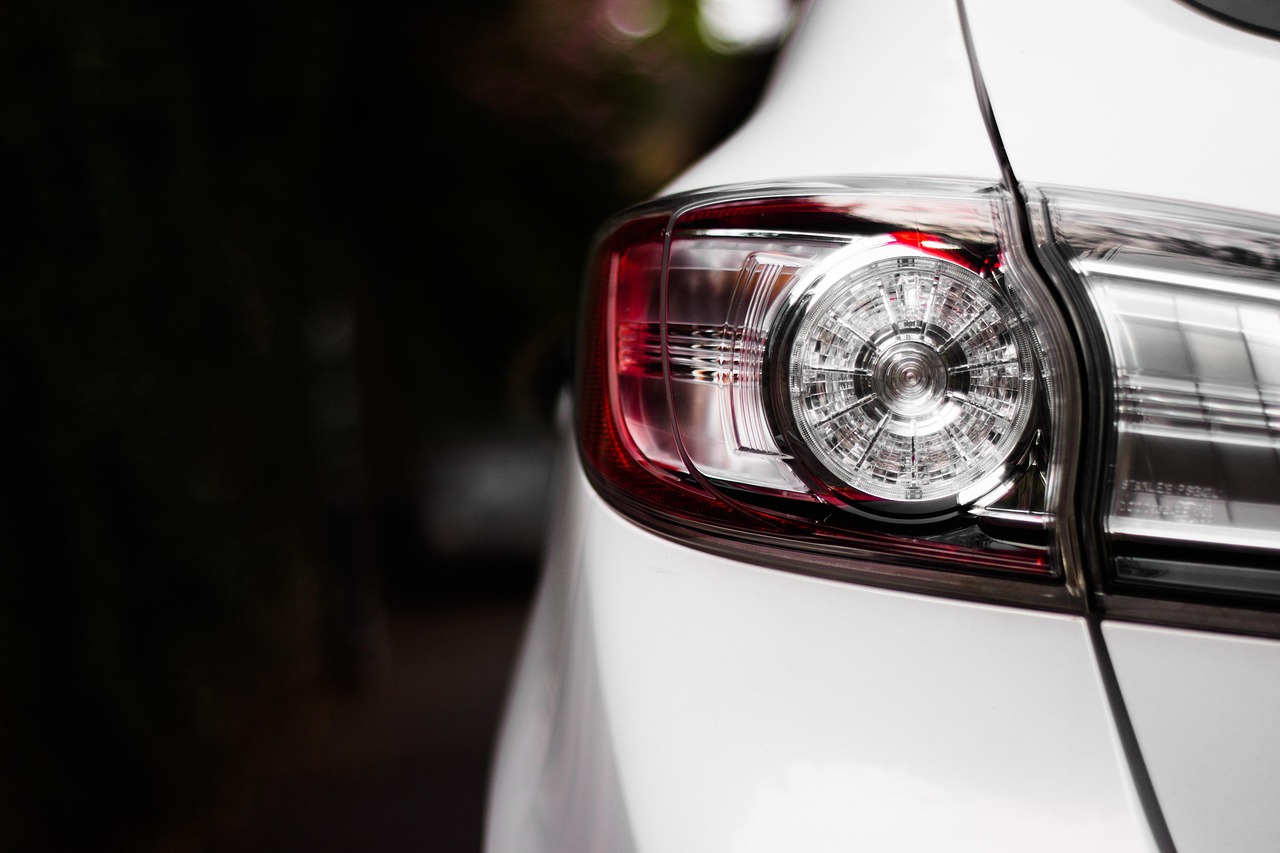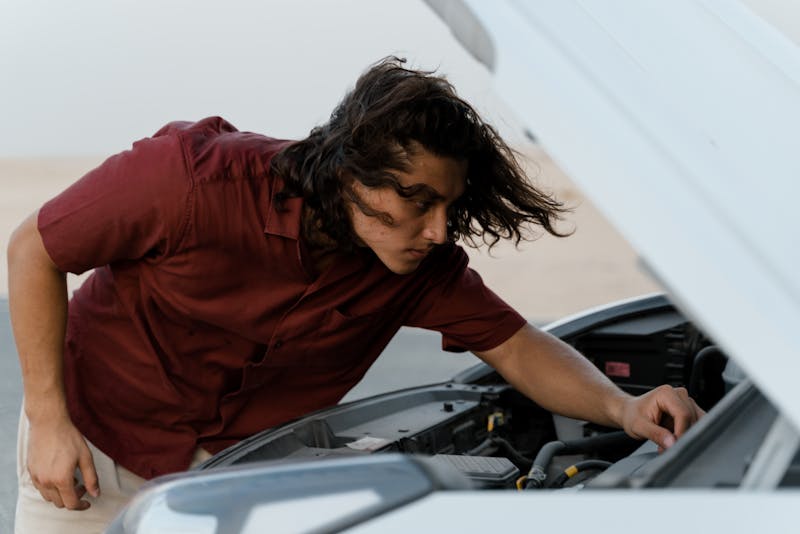At first glance, the Toyota AE86 –known as Hachiroku, or eight-six, in Japan –looks pretty much like any, generic car of the era.
Quick: close your eyes and think of ‘generic Japanese import from the 1980s’. I bet you dollars to donuts that the first thing that popped up into your mind is a boxy, steel-grey two-door coupé or liftback. Congratulations, you’ve just conjured up the infamous Toyota AE86 in your head.
Why is the Toyota AE86 so popular?
Here’s the thing: it was generic back when it was manufactured back in 1984 to 1987. It was very popular in Japan when it came out for more practical reasons. The responsive steering and robust engine made it perfect for the country’s mountainous landscape and narrow, winding paths. This is the same reason the AE86 was catapulted into becoming the star of Japan’s mountain pass racing scene.
But in the 21st century, the Toyota AE86 is one of the rarest pieces of machinery that anyone can own. In fact, the cheapest you can expect from an almost-40-year-old car is $15,000, and that’s if you can find one in pristine condition. It’s a lot like the Mazda RX7 in terms of both rarity and notoriety (albeit not as illegal).
What makes it so special other than scarcity? Two words: Drift King.
Why is the Toyota AE86 a drift car?
Drifting as a sport has pretty hazy origins, but one thing is for sure: most experts consider Japan as the birthplace of the drift. Back in the 1970s, motorcyclist-turned-car-racer Kunimitsu Takahashi developed drifting techniques that many people now consider as the birth of drifting as a discipline and an art form.
However, it wasn’t until 1977 when Keiichi Tsuchiya made his professional street racing debut. Tsuchiya had become enamored with drifting, thanks in large part to Takahashi’s pioneering of safe and artful techniques. Over the next few years, Tsuchiya started developing his own drifting techniques and perfecting them on Japan’s numerous twisty mountain roads.
By 1987, he had made his mark on the street racing scene and was able to convince a then-popular car magazine to document his drifting techniques. The car he used? You guessed it: a Toyota AE86 called Pluspy. It was the first documentary of its kind and it helped Tsuchiya co-organize the very first legal drifting event they dubbed the D1 Grand Prix.
This propelled Tsuchiya into stardom and was eventually dubbed ドリキン, Dorikin, loosely translated to ‘drift king’ in English. He had become the de-facto founder of drifting in Japan and became the subject of a wildly popular manga (and eventually anime) called Initial D. The main character of Initial D, Takumi Fujiwara, was heavily based on Tsuchiya himself, even driving a Toyota AE86 Sprinter Trueno, much like Tsuchiya in real life, entering it into the realm of pop culture cars like Zebra Three, Knight Rider, or the Supernatural Car.
With the Drift King’s personal seal of approval, and the AE86’ success in international rallies and circuit racing, the Toyota AE86 had become an icon of street racing, and thanks to a limited production run and original owners not wanting to part with a beautiful machine (not to mention not wanting to deal with the tax rules for buying secondhand cars), it’s also become one of the most sought-after vehicles for fans of the street racing scene.
Is the Toyota AE86 a good drift car?
The Toyota AE86’s success isn’t just a lot of smoky tires and rearview mirrors: although drifting came after the fact, it’s almost as if the Toyota AE86 was built for it. Under the hood, it has a 1.6 four-pot engine that cranks out 123bhp which, honestly, sounds like it’s going to be slow. However, the chassis, which weighs a ‘measly’ 970kg wet, allows the AE86 to glide down the hard-top with surprising speed and agility.
Despite its boxy appearance, the Toyota AE86 was engineered to perfection. Take the engine to the red line at 7600rpm, and you’ll find that the gearbox is still extremely precise, with the stick shift easing into each gear smoothly and without much effort. At the red line, steering does become a bit weighty, but it still deftly moves the car without the need for power assistance. However, it’s this weightiness of the steering that lends the car to drifting so well: cornering with steering this awkward practically forces the driver to overcompensate and start into a drift.
The process is made easier by an extra-long brake pedal. Many AE86 owners also report that the car has a spinning rear wheel that can hamper quick exits, but it doesn’t exactly lock, especially if you have the optional LSD installed. All in all, if you ever get the opportunity, nay, the privilege, of driving and drifting an AE86, you’ll find a responsive, sprightly, smooth, and easily controllable vehicle.
And it’s that spinning rear wheel that really turns the AE86 into the perfect drift car: pretty much anyone who gets behind the steering wheel of the AE86 will start to learn the intricacies and personalities of a rear wheel drive. Coupled with a classic RWD balance and a simple, no-nonsense-straight-to-the-point design that is a hallmark of Japanese efficiency, the Toyota AE86 is prized by drifters and racers for its near-perfection as a tool for drifting.
Of course, some people will argue that the GT86, the AE86’ younger brother, delivers pretty much the same things, except the newer model comes with air-conditioning, sat-nav, and power steering. We’d argue, of course, that the AE86 is a racing car, not a road trip car.
Besides, there’s just something about owning the Toyota AE86 itself that makes you feel like you’re driving a true piece of automotive history.






